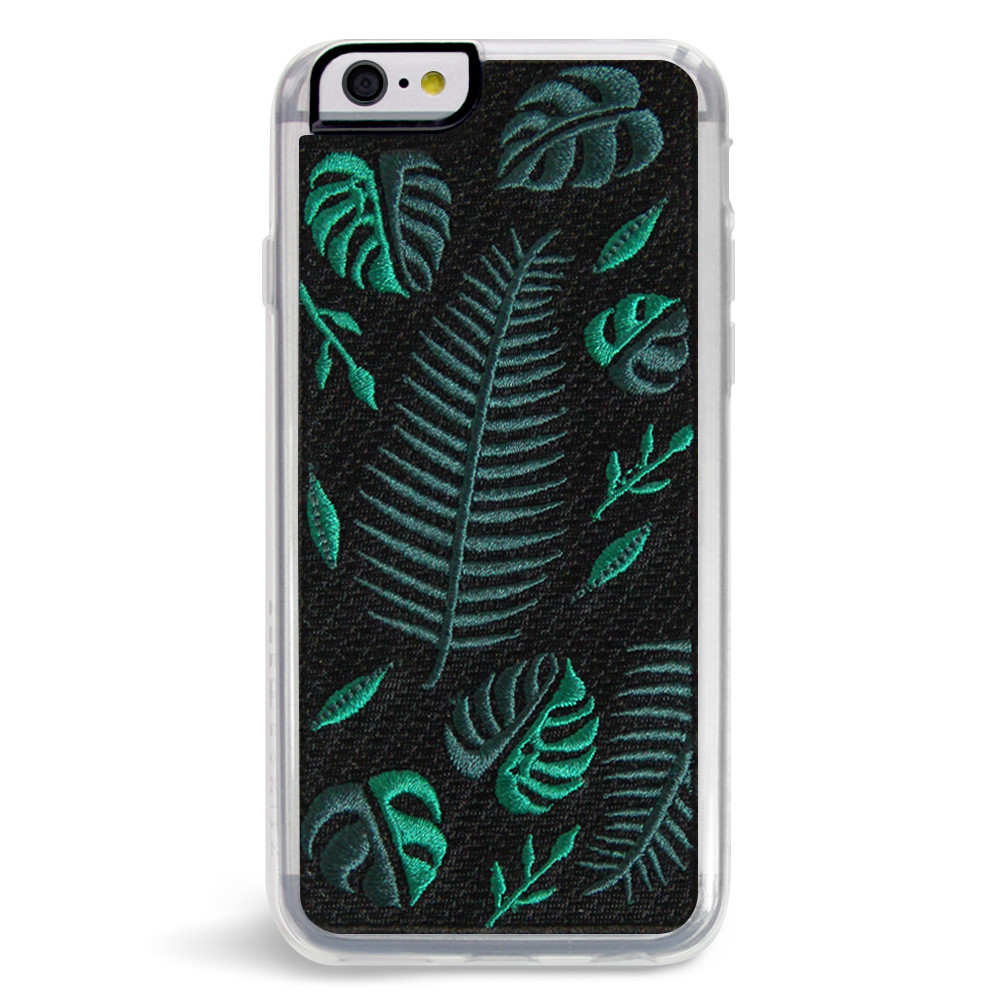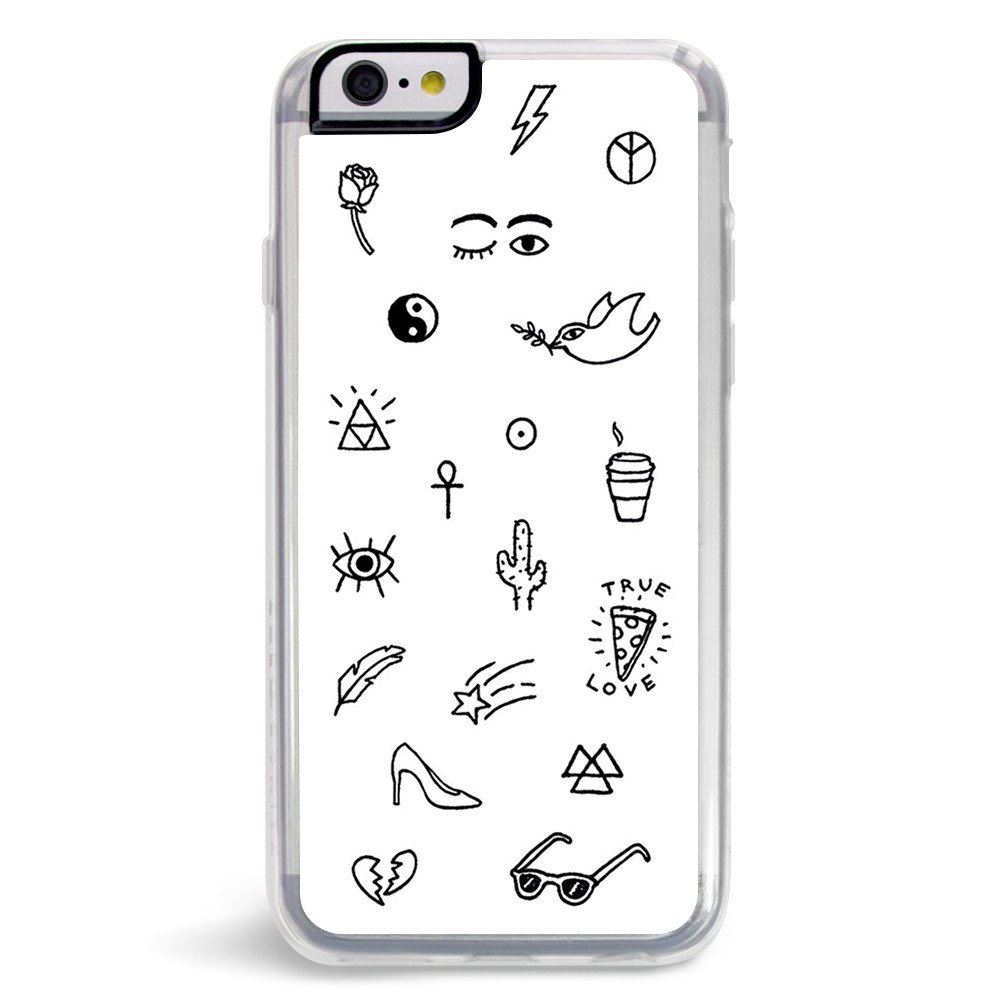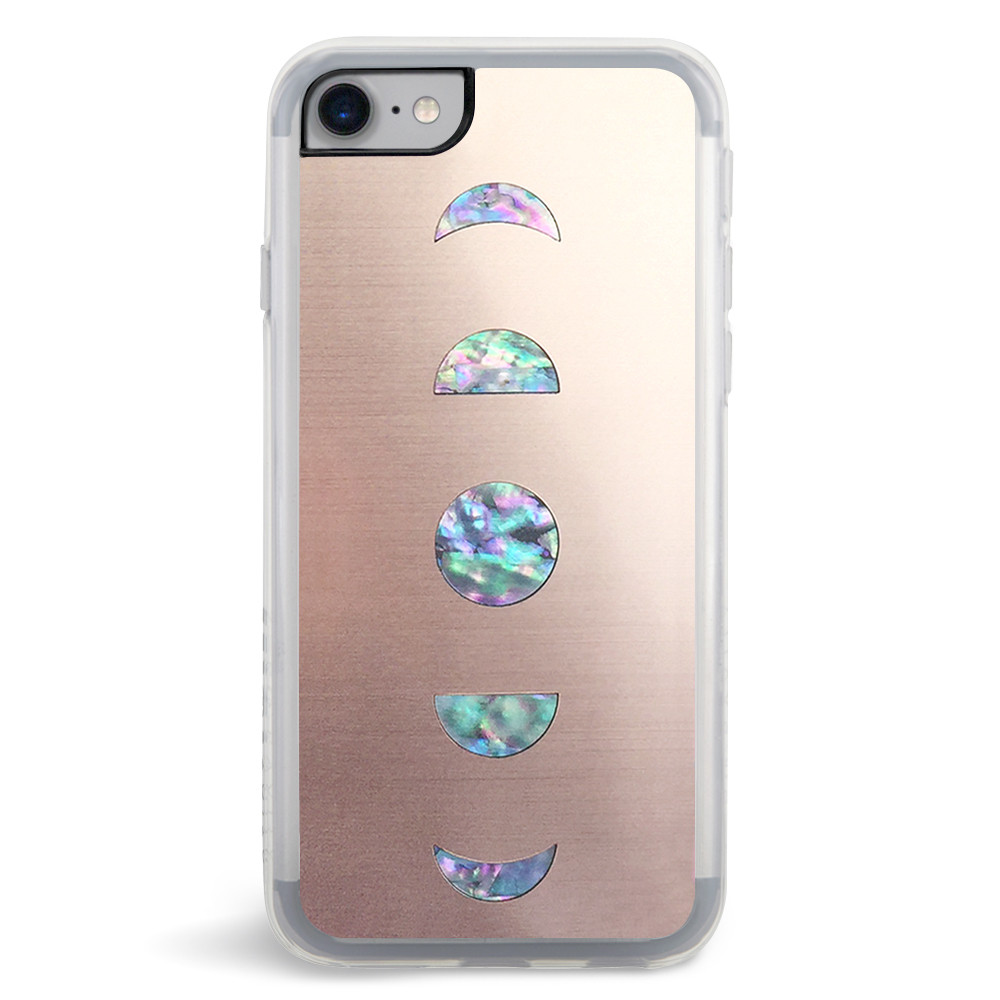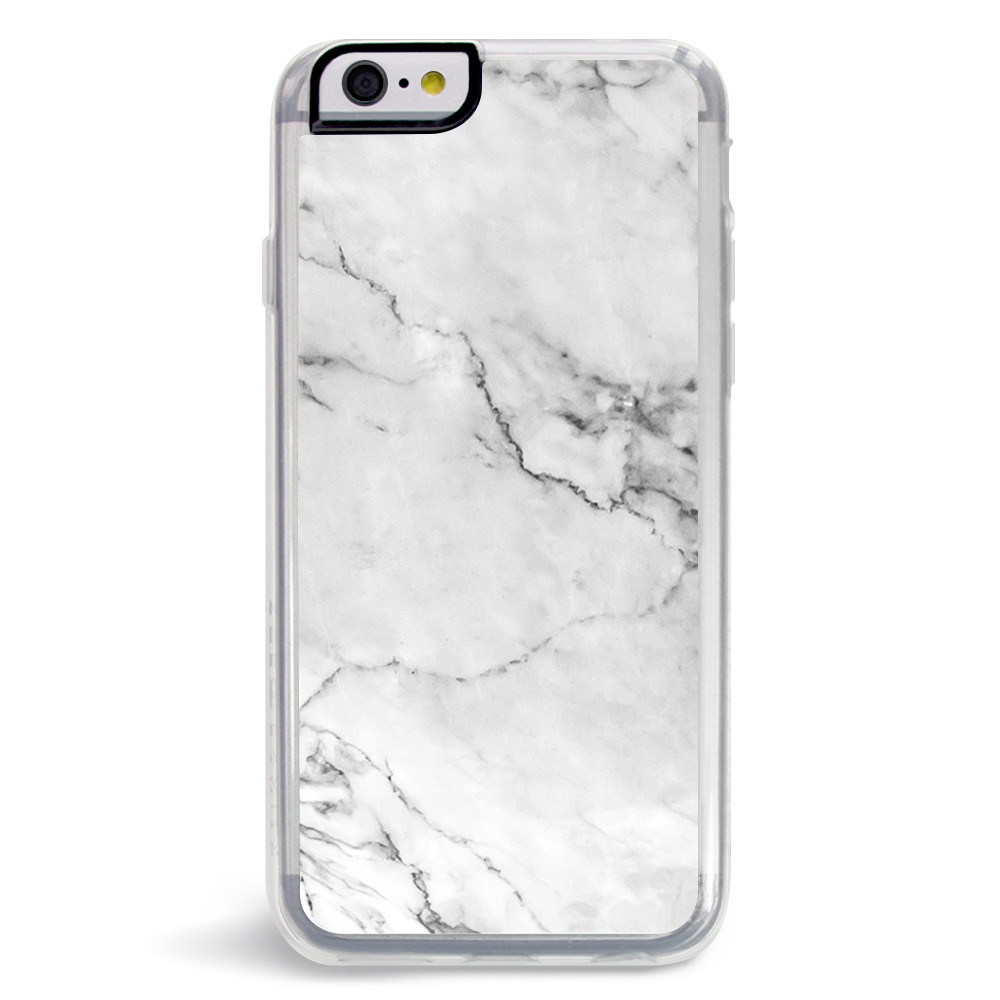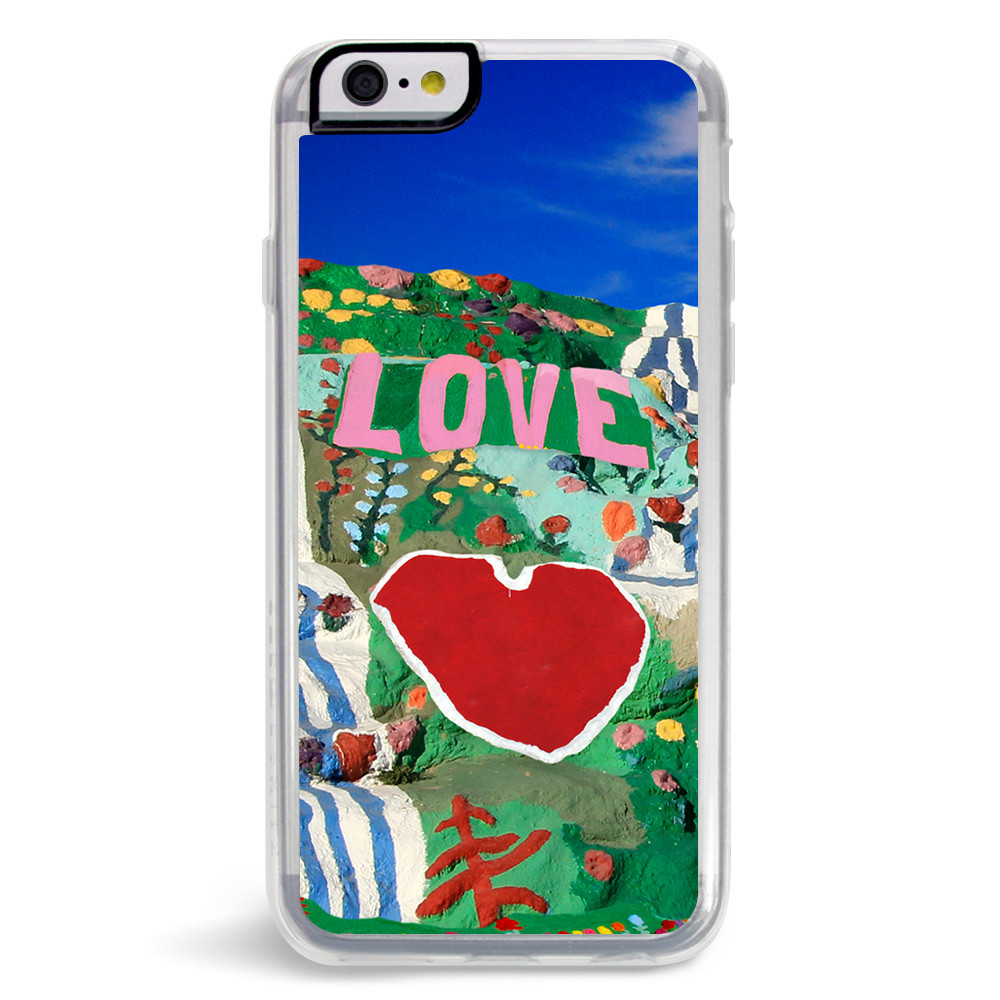With the rise of social media, people’s relationship with fashion has been fundamentally altered. While fashion has long been used to attract public attention, the digital age provides audiences on a scale never seen before. In the past, one’s clothes could only be seen by those physically present, but the ascendancy of the digital age has enabled one’s fashion choices to be viewed simultaneously by millions of people around the world at any given moment.
This unprecedented public consumption has irreversibly shifted the fashion landscape. For instance, while fashion used to strike a balance between appearance and practicality, it is increasingly becoming purely for show. The rapid pace of social media allows for people to share their fashion choices with the world without needing to wear those clothes for an extended period of time. As such, factors such as the durability or comfort of a piece of clothing are no longer as important.
Unfortunately, this new, rapidly-changing nature of the sartorial world has proven unsustainable. With the rise of social media influencers has come a significant increase in the number of clothing articles discarded after only one or two wears. The fashion world has found itself facing a major waste problem. While sustainable fashion brands have attempted to solve this issue through using more environmentally friendly materials and practices, the emergence of digital fashion suggests that perhaps this is not enough.
Digital fashion provides an innovative solution to the issue of waste. Recently, a number of digital fashion houses, such as DressX and The Fabricant, have emerged. These brands provide clothing that does not exist physically and is only available as a digital download. Upon purchase, clothes are digitally fitted onto a photo of the intended wearer. Digital fashion houses hope to shift consumerism in a healthier direction by providing a new form of instant sartorial gratification that reduces waste.
Image via.
The idea of trading real-world currency for clothing that exists only in the digital space is not a new one. In particular, video games such as The Sims and Fortnite have established a precedent for purchasable clothes and skins for characters. A number of notable fashion houses have even collaborated with video games to design premium in-game clothing. For instance, Moschino designed a line for The Sims 4, and while users were able to access certain items for free, the majority were only through purchase. The role of fashion in video games has demonstrated the capacity for people to express themselves sartorially via a virtual format. It’s been demonstrated that people are often more than willing to pay for virtual clothing for their video game characters. How does this interest translate into virtual clothing for themselves?
Digital fashion first publicly emerged in May of 2018, when The Fabricant sold the world’s first piece of digital couture for £7,500, or $9,500 USD, at a charity auction. Though a few years have passed, digital fashion has yet to receive widespread acceptance or even acknowledgement. In particular, the price point of digital fashion is perceived as a barrier by many. Prices range from around $30 to thousands of dollars for a single piece of clothing. While these clothes are much less expensive than comparable physical clothes, consumers have found that these prices are not justifiable for a type of clothing that has not been fully developed yet.
This TikTok posted by DressX received many comments remarking that paying $60 for a purely digital dress did not feel worth the price, particularly because the dress appeared visibly fake:
Digital fashion’s lack of realism calls into consideration what the role of fashion in society will look like moving forward. Is physicality a necessary component of fashion? Or can sartorial self-expression occur through a purely digital format, with people using digital fashion to communicate in the ever-growing world of social media?
The first-ever piece of digital couture. Image via.
Digital fashion may not be adopted by the general public in the visible future. However, as the technology and designs behind digital fashion continue to develop—and as the public’s relationship to fashion continues to change—this may become a promising option, especially for fashion influencers. Could digital fashion one day replace fast fashion entirely, with rapidly shifting trends occurring through a purely digital platform?
Cover image via.










